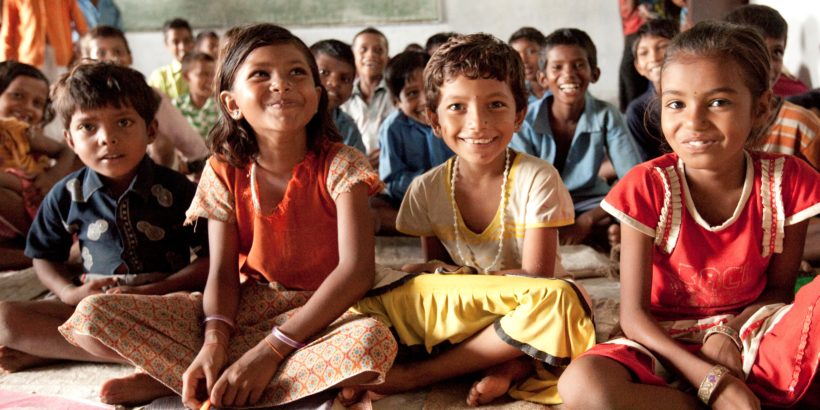Earlier this year, Bill and Melinda Gates issued their 2020 annual letter—Why we swing for the fences—sharing their reflections on their foundation’s first twenty years. For those of us working in global public health, the letter was both inspiring and sobering. It celebrated incredible milestones, while reminding us of the emerging challenges that demand adaption in the way we think about and approach change. Here are three takeaways from the letter and how they relate to our work to take on typhoid:
- Undeniable progress in global health
“By 2019, Gavi had helped vaccinate more than 760 million children and prevent 13 million deaths. It has also succeeded in bringing more vaccines and supplies into the market while lowering prices.”
Vaccines have long been a cornerstone of the Foundation’s work, and subsequently, during the past century, millions of lives have been saved. Recently, with the development of a new typhoid conjugate vaccine (TCV), the Foundation’s remit has expanded to include support for TCV introduction. Additionally, Gavi, the Vaccine Alliance committed US$85 million for eligible countries to introduce a World Health Organization-prequalified TCV. As of November 2019, TCV has been introduced into the routine immunization program in Sindh Province, Pakistan, with more than 9.8 million children now protected from typhoid. This year, two African countries—Liberia and Zimbabwe—will follow suit, and Pakistan will introduce TCV in Punjab Province, continuing its phased introduction. The Foundation’s commitment to Gavi—and to TCV—will continue to ensure that children around the world are protected against typhoid.
- Improving health in the most vulnerable places
“Today, 86 percent of children around the world receive basic immunizations. That’s more than ever before. But reaching the last 14 percent is going to be much harder than reaching the first 86 percent.”
While acknowledging progress, we have to remember what is yet to be achieved. The challenge of reaching all children, including those who are marginalized—whether by conflict or geography or lack of a functioning health care system—is the one that we must prioritize. And with Gavi now focused on working with countries to take a more targeted approach to equity, we are optimistic that all children, including those at heightened risk of contracting typhoid, will be protected from the potentially fatal disease.
- Adapting our work to the changing world
“The best thing we can do to help people in poor countries adapt to climate change is make sure they’re healthy enough to survive it.”
The approach to equity, whether in health, education, or quality of life, requires interventions at many different stages. Just like a puzzle, each piece doesn’t work without the other, and only together do they reveal a complete picture.
This puzzle approach is key to adapting solutions to the challenges of the changing world. Better health leads to higher chances that children participate in school, and better education opens doors to growth and opportunities, including those that lead to gender equality. Better health also helps people adapt to the increasing burden that climate change puts on their lives. All pieces work as one system, and lasting progress requires interventions at its core.
The same applies to how we take on typhoid. Only by putting each piece of typhoid prevention and control in its proper place will we be able to achieve a typhoid-free future. Access to safe, effective, and affordable vaccines; AND improvements in safe water, sanitation, and hygiene systems; AND availability of dependable typhoid diagnostics; AND appropriate antibiotics; AND political commitment, are all needed to tackle the disease.
We, too, will keep on swinging
As we look forward, the tremendous progress achieved in global health during the last two decades as well as all that we know today, serve as the driving force to keep going, to bring the puzzle pieces together. As we do that, we will keep on “swinging for the fences”—with more urgency, experience, and acquired precision than ever before. It is only by “swinging for the fences” that we can take on typhoid.
Photo courtesy of Sabin Vaccine Institute/Esther Havens.



